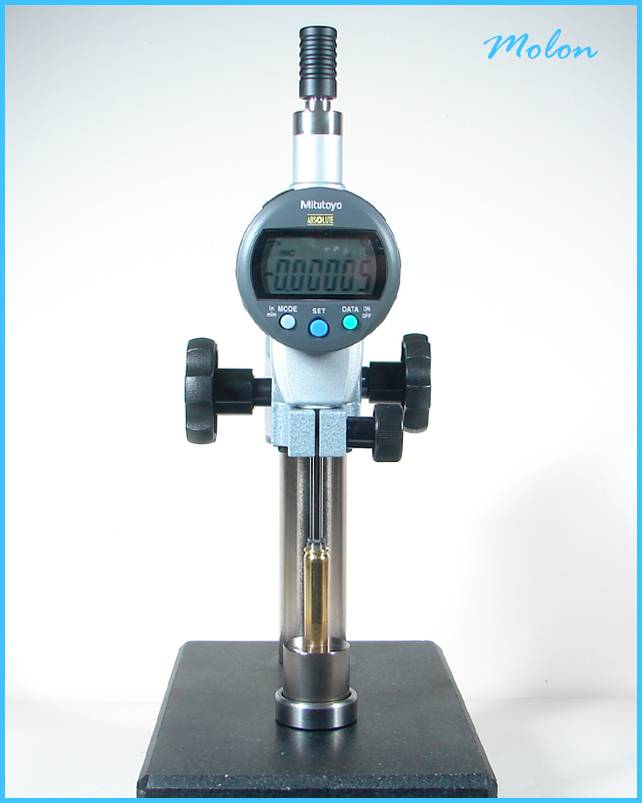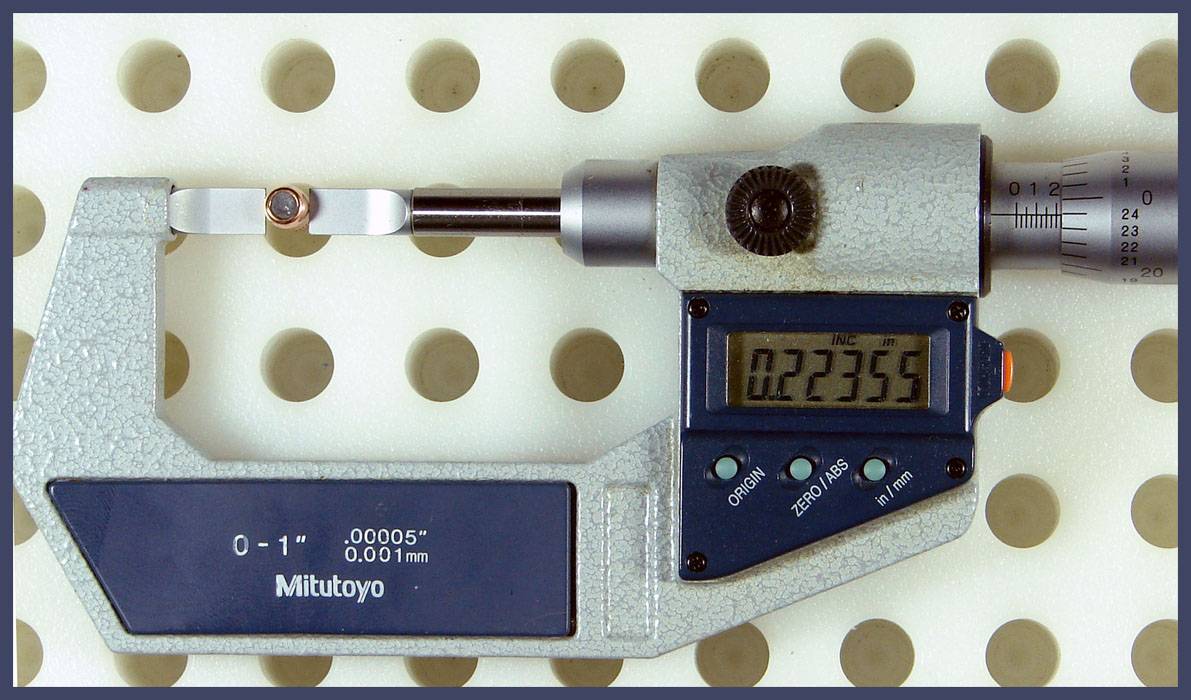Recently acquired a small base die (standard taper) to avoid clickers after 20 reloads of the ADG brass. After using the small base die for the first time, i get heavy bolt click at the top of the bolt opening and experiencing some extraction issues (but now also using new brass that is not neck turned).
Likely cause of the bolt click: MPA chamber is fairly tight, and the standard Hornady FL die probably did not size the case enough at the .200” line (close to the web). So try a small base die…
Sadly my superb neck turned (old) brass (12.1 thou) decided to develop neck splits at reload nr 20, just before the small base die arrived. Dumped them all, as the necks were partially tearing off on the neck shoulder junction, likely from thinning caused by neck turning. Probably went too deep into the shoulder and the cutter angle is too shallow. Got a new cutter that is 38 degrees today, prior cutter was 58 deg.
Moved on to the second half of the batch of 100 ADG cases (same packaging, same batch nr). But decided to try the new brass without neck turning (15 thou necks, a big delta from 12). Same powder batch, primer batch, FL sizing, brass prep (except for no neck turning and an additional sizing step via the small base die). Speed is now running 60 fps faster and i got some mild ejector marks. That was a surprise. Accuracy degraded, probably the speed change took the load outside the prior node. Also the primer pockets expanded too much from the higher peak pressure so brass life will suffer too much.
Next batch is loaded 1.3 grains less powder, and we will see what that does.
Unfortunately the two changes (switch to thick neck brass, and sizing the case even smaller via the small base die) happened at the same time, so trying to untangle the two effects. Yep i know - you should never change more than one thing at a time…
Questions:
1) How much will speed change if the 200 line is now sized 0.8 thou smaller in diameter? Of course the entire case body will be resized smaller, but very slightly. The effort required on the press handle is minimal with a lubed case. Presume “shot start pressure” will be slightly higher due to the smaller usable case volume (total case volume minus volume taken up by the seated bullet) due to the additional sizing step.
2) How much does neck turning affect speed, if you go down a lot, like 3 thou less neck thickness? I wanted to see a sine wave-like carbon fouling on the neck. Total clearance is now 5 or 5.5 thou (based on reamer print). I realize neck turning will slightly increase “effective combustion volume” once the bullet comes to a standstill in the grooves because there is less brass in the chamber, but this effect must be tiny? Case volume before the bullet starts to leave the neck is not affected by neck thickness, or case length, so shot start pressure should be the same.
I believe neck tension is same or very similar, purely based on feel. Annealed in an AMP machine using different codes derived from Aztec mode (and two melted cases). Maybe shoulder softness was slightly different because of the big difference between neck thickness and shoulder thickness, and maybe the shoulder got bumped a little more, or less, changing case volume…. Shoulder bump gauge showed very similar numbers.
Does anybody have any personal test results on these two effects (neck thickness and small base sizing)?
Likely cause of the bolt click: MPA chamber is fairly tight, and the standard Hornady FL die probably did not size the case enough at the .200” line (close to the web). So try a small base die…
Sadly my superb neck turned (old) brass (12.1 thou) decided to develop neck splits at reload nr 20, just before the small base die arrived. Dumped them all, as the necks were partially tearing off on the neck shoulder junction, likely from thinning caused by neck turning. Probably went too deep into the shoulder and the cutter angle is too shallow. Got a new cutter that is 38 degrees today, prior cutter was 58 deg.
Moved on to the second half of the batch of 100 ADG cases (same packaging, same batch nr). But decided to try the new brass without neck turning (15 thou necks, a big delta from 12). Same powder batch, primer batch, FL sizing, brass prep (except for no neck turning and an additional sizing step via the small base die). Speed is now running 60 fps faster and i got some mild ejector marks. That was a surprise. Accuracy degraded, probably the speed change took the load outside the prior node. Also the primer pockets expanded too much from the higher peak pressure so brass life will suffer too much.
Next batch is loaded 1.3 grains less powder, and we will see what that does.
Unfortunately the two changes (switch to thick neck brass, and sizing the case even smaller via the small base die) happened at the same time, so trying to untangle the two effects. Yep i know - you should never change more than one thing at a time…
Questions:
1) How much will speed change if the 200 line is now sized 0.8 thou smaller in diameter? Of course the entire case body will be resized smaller, but very slightly. The effort required on the press handle is minimal with a lubed case. Presume “shot start pressure” will be slightly higher due to the smaller usable case volume (total case volume minus volume taken up by the seated bullet) due to the additional sizing step.
2) How much does neck turning affect speed, if you go down a lot, like 3 thou less neck thickness? I wanted to see a sine wave-like carbon fouling on the neck. Total clearance is now 5 or 5.5 thou (based on reamer print). I realize neck turning will slightly increase “effective combustion volume” once the bullet comes to a standstill in the grooves because there is less brass in the chamber, but this effect must be tiny? Case volume before the bullet starts to leave the neck is not affected by neck thickness, or case length, so shot start pressure should be the same.
I believe neck tension is same or very similar, purely based on feel. Annealed in an AMP machine using different codes derived from Aztec mode (and two melted cases). Maybe shoulder softness was slightly different because of the big difference between neck thickness and shoulder thickness, and maybe the shoulder got bumped a little more, or less, changing case volume…. Shoulder bump gauge showed very similar numbers.
Does anybody have any personal test results on these two effects (neck thickness and small base sizing)?
Last edited:




